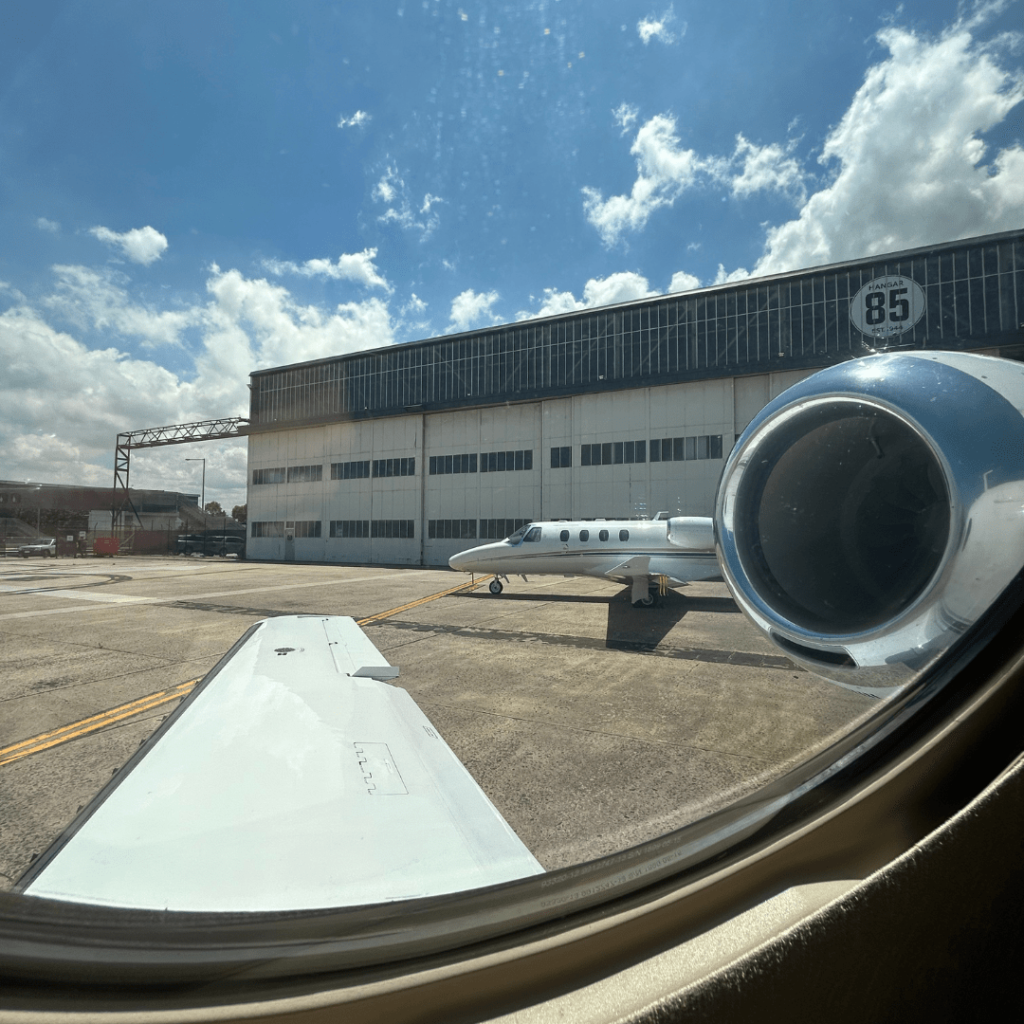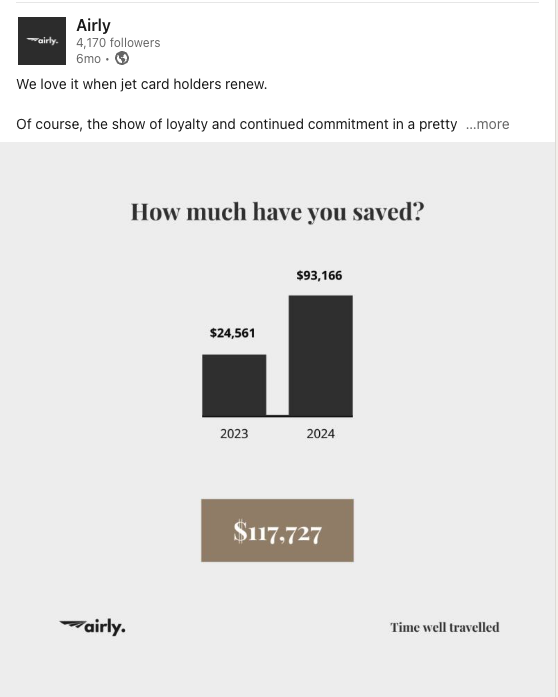For decades, private aviation in Australia meant one-off charters, unpredictable pricing, and a whole lot of guesswork. If you’ve ever tried to book a last-minute flight between Sydney and Melbourne, you’ve probably seen quotes jump from $12,000 to $20,000 overnight and that’s without clear explanations.
That volatility, paired with growing demand from time-poor business owners, has fuelled the rise of the Jet Card model in Australia. It’s a structured, transparent way to fly private especially for frequent flyers who want consistency over chaos.
More entrepreneurs, multi-office founders, and regional operators are turning to Jet Cards to bring order, simplicity and cost-efficiency to their travel schedules.

What Is a Jet Card?
A Jet Card is a prepaid private aviation membership that gives you access to aircraft at a fixed hourly rate. It’s not ownership, and it’s not traditional charter. Think of it like a smart subscription with full flexibility and none of the management stress.
Here’s what sets it apart:
- Fixed hourly pricing (no market swings)
- No repositioning fees inside your network
- You only pay when you fly
- Access to a fleet, not just one aircraft
In other words: you fly smarter, with clear costs and no surprise surcharges.
How Does a Jet Card Work in Australia?
At Airly, we’ve built a Jet Card specifically for the Australian market. One that reflects the flying patterns, distances, and operational needs of founders and executives across the east coast.
Here’s how it works:
- Aircraft access: 4–6 seat light jets like the Citation Mustang, Phenom 100 and Citation CJ2
- Core network coverage: Sydney, Melbourne, Brisbane, Gold Coast, Sunshine Coast, Canberra, and more
- Concierge: Our team works with your EA or office to manage every flight
- Locked-in rates: No hidden positioning fees
- Booking in minutes: All through the Airly app or concierge team
You fly when you want, not when a charter slot happens to be available.
Jet Card vs. Charter Real Examples
Let’s put the numbers side-by-side.
| Route | On-Demand Charter | Airly Jet Card |
|---|---|---|
| Sydney → Brisbane | $13,696 | $7,911 |
| Gold Coast → Melbourne | $20,355 | $12,786 |
These savings are real and they compound over multiple trips. Most card holders save $50K–$60K per year, on top of the planning efficiency and elevated service they gain.

And that’s without needing to negotiate or haggle every time they book.
Who Should Consider a Jet Card?
Jet Cards aren’t for everyone. But for a certain type of traveller they’re a no-brainer.
- Business owners flying 10–30 times/year
- Companies with multi-location teams or projects
- Travellers who’ve chartered before or used empty legs
- Anyone tired of airline delays, cancellations, or overpaying for business class
If you value your time, run lean teams, and want control without the burden of full ownership this model was built for you.
Common Jet Card Myths (And Truths)
Let’s clear up a few common misconceptions:
“A Jet Card sounds expensive.”
Compared to what? For regular flyers in Australia, Jet Cards consistently save money vs charter, and often outperform business class pricing over time (with none of the headaches).
“Aren’t you locked into one plane?”
Not at all. You have access to a fleet of aircraft, matched to your route and passenger load.
“It must be complex to manage.”
Quite the opposite. Our ops team works directly with your EA or office manager, making bookings seamless and automated. No quoting. No waiting.
Should You Make the Switch?
At Airly, we believe that private aviation should offer leverage, not logistics.
Jet Cards are about:
- Predictability
- Transparent pricing
- Scalable travel
- Freedom from airline chaos and charter roulette
If you’ve flown private before and are ready to fly smarter, not just “more luxuriously,” then this might be the turning point.
Want to see how a Jet Card would work for your business?
Tap here to get your real quote
Or compare our fixed rates to charter prices
No comments for “What Is a Jet Card and Is It Worth It in Australia?”